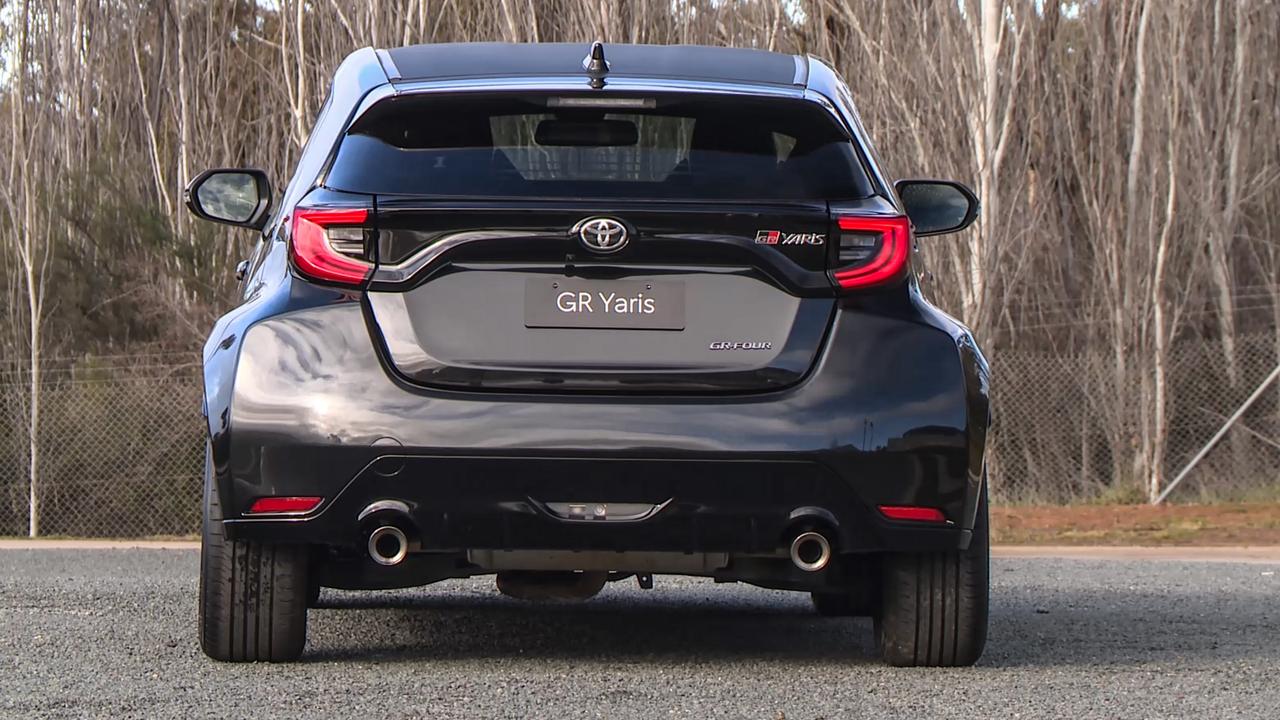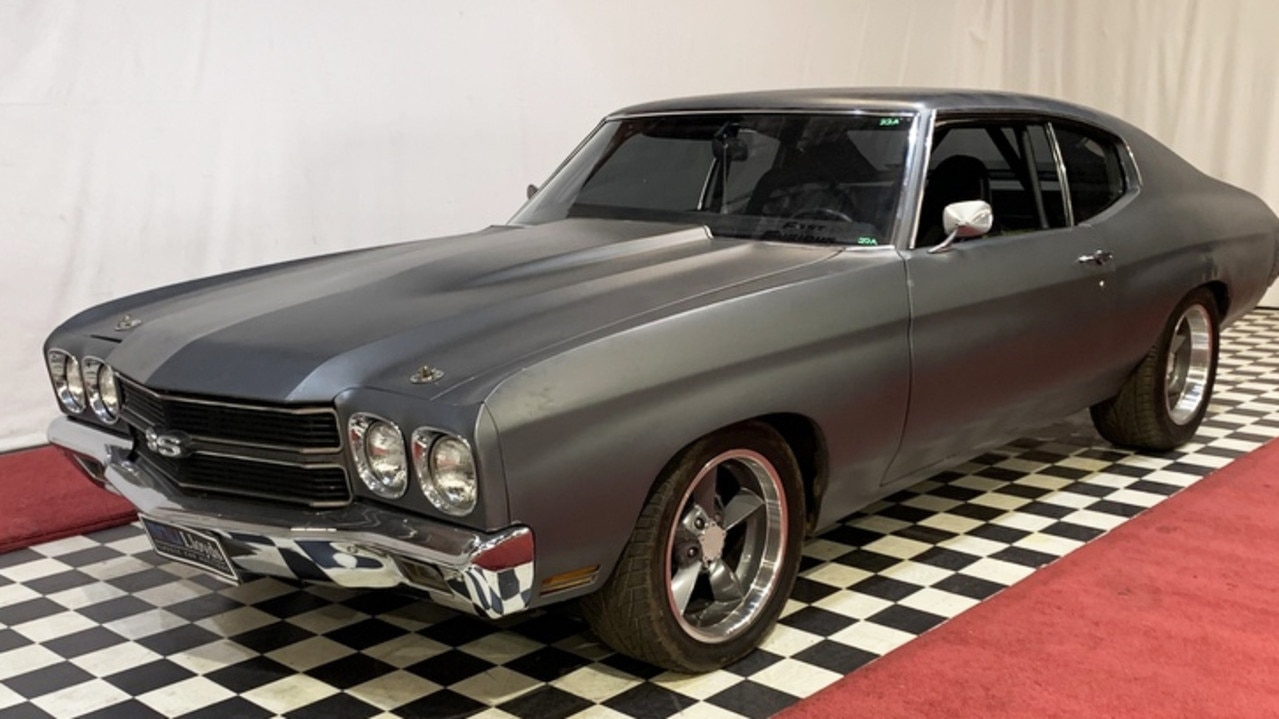Electric cars needed to cut pollution in major cities
Global automotive consultant predicts internal combustion engines will be as well-regarded as smokers in the near future
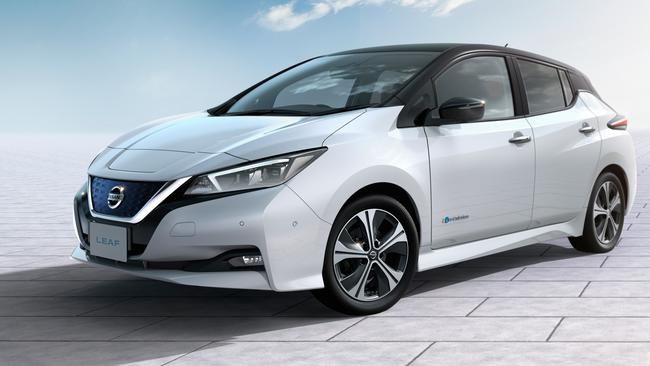
Electric vehicles replacing polluting internal combustion cars will improve public health in much the same way as nonsmokers benefited from smokers being restricted to certain areas.
That’s the view of a Vivek Vaidya, keynote speaker at a South-East Asia forum on electric and autonomous mobility.
The forum, organised by global electric vehicle leader Nissan, highlighted emissions as a key concern for governments and the public in the congested megacities that populate the region.
Melbourne and Sydney are yet to reach official megacity status _ defined as more than 10 million residents _ yet the issues are the same because of our increased use of personal cars and the proliferation of heavy vehicles in urban areas.
Vaidya, vice-president of mobility with global consultants Frost & Sullivan, says Australia is a more mature market than our neighbours but our reliance on coal-generated baseload power and a failure by government to support electric vehicles, is handicapping our adoption of the technology.
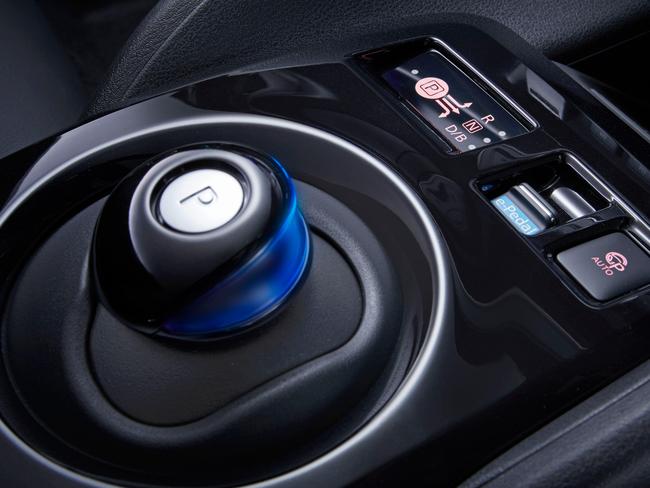
“Governments need to look at these vehicles not as a source of income but at the entire value of EVs, so as a way to improve air quality. Unless government make it easier to switch (to EVs) by creating more incentives, then the transition will be slow,” he notes. “In the case of the Australia, there needs to be more of a transition to renewable or cleaner energy to make it worthwhile.”
His views are backed by Nicholas Thomas, the director of Nissan’s electric vehicle division.
“An EV is probably 30 per cent more efficient (in terms of emissions) even if you’re generating the electricity from coal. If you’re dealing with other forms of energy the returns are much greater, Thomas says.”
“I think in the next five to seven years the cost of batteries will come down to the point they’re cheaper than internal combustion vehicles but in the short term we need a little bit of help to make those cars more affordable.”
The trade-off to having a bigger electric vehicle fleet, Thomas adds, is the capacity to help regulate the power grid fluctuations that occur with renewable energy.
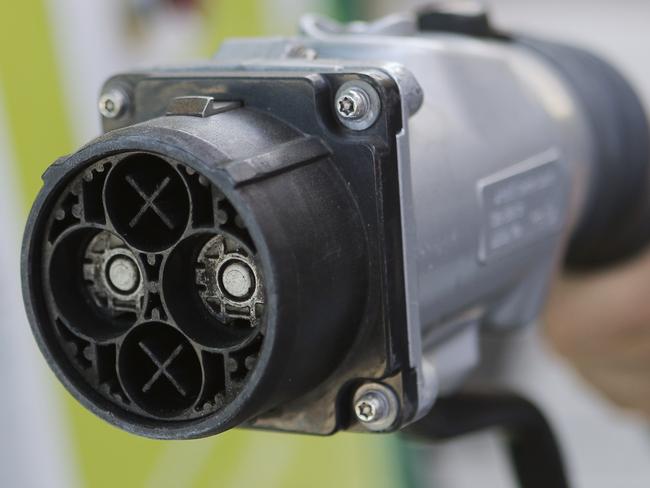
“In most countries you’re building new power stations only to provide capacity for a couple of hours a day, typically when people get home on hot nights,”
If the EVs are plugged into those homes, owners can return energy to the grid at peak times to help smooth out the power variations. Then they can top the car back up when the demand tails off.”
Nissan Australia used the symposium to confirm the second version of the Nissan Leaf electric car will be sold locally, hopefully by the end of the year.
More than 300,000 of the first generation Leaf were sold after its launch in 2010, making the five-seat hatch the most popular electric car in the world. The Leaf didn’t reach those heights in Australia, selling just 635 vehicles.
The new Leaf uses a bigger battery with a 40 kWh charge that could theoretically power a typical house for almost two days before needing to be recharged. It gives the Leaf a claimed 400km range (that Nissan admits drops to around 270km in real-world combined driving), along with brisk acceleration of 7.9 seconds to 100km/h.

